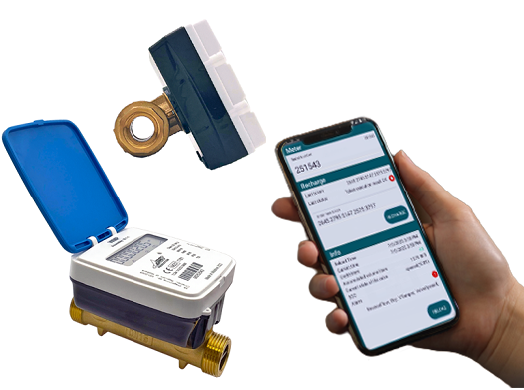In the context of increasing water scarcity and frequent droughts, the topic of responsible consumption is becoming more and more relevant. For many years, household water use remained invisible. People didn’t know how much water they used per day, week, or month — the meter only recorded the total for the period, and that was rarely analyzed. Traditional mechanical meters show only the total consumption, and users often don’t realize which habits lead to overuse. In contrast, ADDRA smart meters provide accurate hourly information — both through a mobile app and an interface for utility companies. This makes consumption visible and easy to understand.
When people see that one minute in the shower can use up to 12–15 liters of water — and up to 150 liters per day — they start viewing daily habits differently. These are not just numbers — these are specific visual graphs, reminders, and notifications. Behavior changes not under pressure, but through understanding and control.
Examples of behavior change:
In implemented projects in Southern Europe and Asia, where drought is a recurring issue, ADDRA meters helped reduce household water usage by an average of 20–30% within the first few months. Models with built-in valves are especially effective, allowing water supply to be limited when a threshold is reached or a leak is detected.
Amid climate change, urban population growth, and unstable water resources, smart metering is no longer just a technology — it is a vital part of a sustainable ecosystem. ADDRA helps people become part of the solution: treating every liter with care is a contribution to our shared future.
For more information, contact us at info@addgrup.com


Discover the new ADDRA ultrasonic water meter — an innovative solution for accurate and reliable residential water metering. The meter is easy to install, highly accurate, and designed for long-term operation. Wit...
Meet the new ADDRA ultrasonic water meter with an integrated shut-off valve — a smart, maintenance-free solution for advanced water control.
With an ultra-low starting flow of ju...